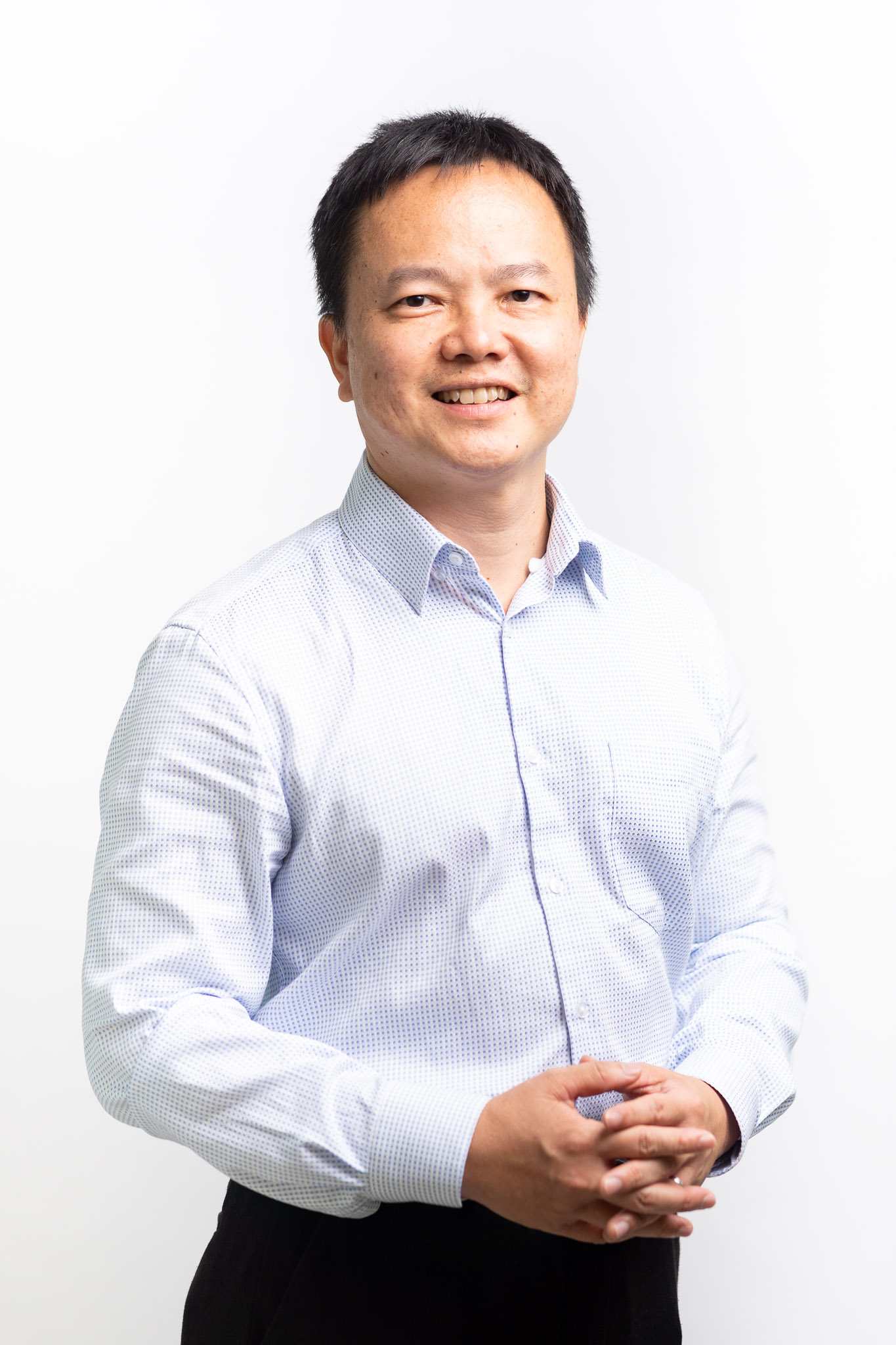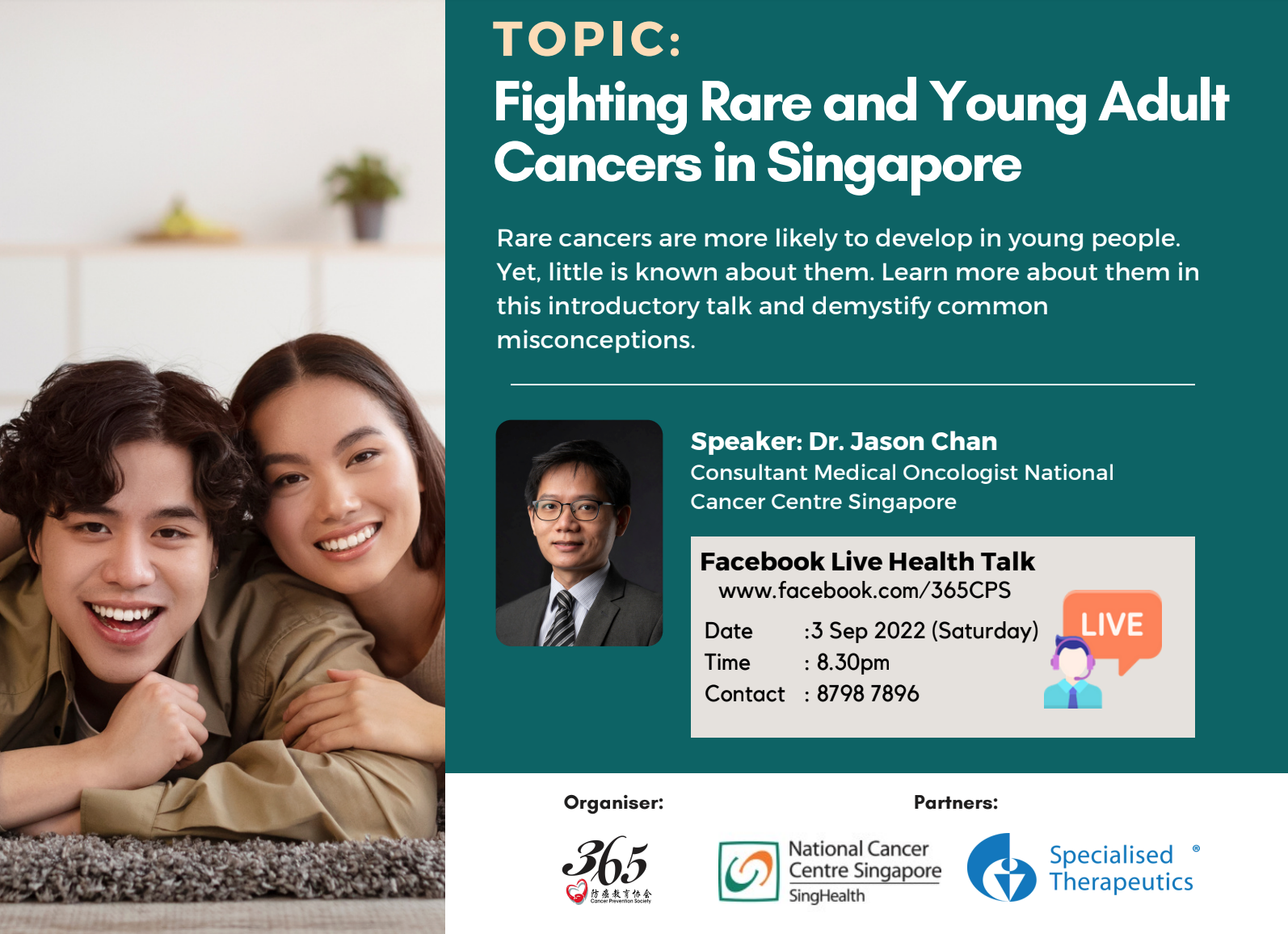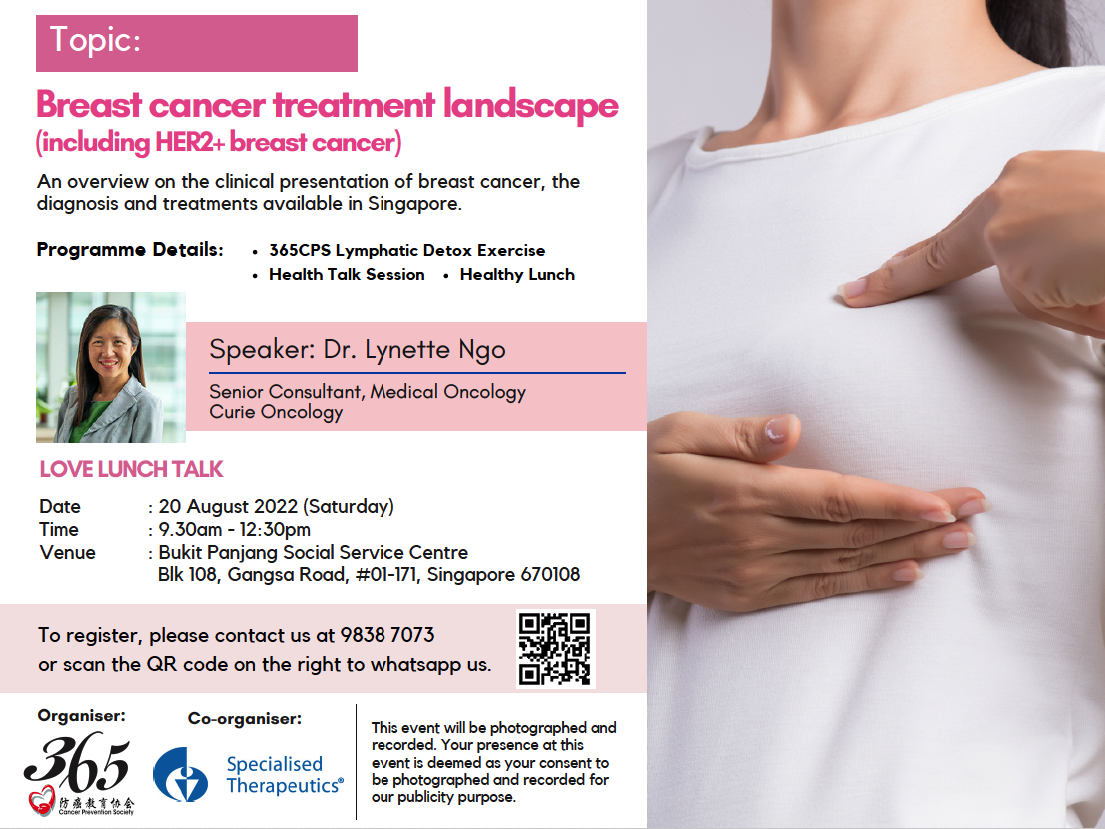Executive Summary
Thank you for the opportunity to submit to this important and timely review of the National Medicines Policy.
My name is Carlo Montagner and I am the Chief Executive Officer and co-founder of Australia’s largest independent pharmaceutical company, Specialised Therapeutics (ST).
We are a wholly family-owned Australian company, supplying specialist therapies and technologies to patients throughout Australia, as well as in New Zealand and South-East Asia. Our interests are heavily focused in oncology and haematology, although we are not confined to these areas. Our mission has always been to fulfil the unmet medical needs of our communities in this region of the world
All the therapies in our portfolio are carefully and prudently selected for the incremental clinical benefit they provide, particularly to smaller patient populations.
Typically, we partner with smaller European or US-based biotech companies that do not have a presence in our region. Therefore, if ST did not partner with these companies, their medicines would not be available to patients in Australia. Large global pharmaceutical companies do not typically prioritise smaller drugs with niche populations – the returns are simply not there.
As a result, a substantial focus of the ST business has been on supplying specialist medicines to small patient populations who are impacted by rare diseases – groups that are not commercially attractive to large pharmaceutical organisations.
This submission will focus on some of the issues that are particularly critical to SME pharma companies, working with niche therapies and smaller patient populations.
It is our contention that Government reimbursement processes are not as efficient as they could be when it comes to assessing specialist therapies for these populations and in fact, our processes are lagging behind global best practice.
While the Therapeutic Goods Administration (TGA) has evolved and streamlined its operations to enable greater efficiencies and much faster approval times, the subsequent reimbursement processes remain slower than is optimal, or desirable.
There are some reforms that I believe can and must be urgently implemented to ensure our medicines industry provides timely, affordable and equitable access for all patients – not only those with more common diseases that are treated with blockbuster drugs.
There are two key recommendations I will make that I contend may help to ensure SME pharma companies are incentivised and equipped to address the needs of niche patient populations, as well as larger groups
These are:
- To achieve AFFORDABLE access, there must be a new reimbursement framework for rare disease therapies, including an examination of existing application fee structures so as not to disincentivise companies from bringing new medicines to Australia, including consideration of a HECS-style fee arrangement;
- To achieve TIMELY access when it comes to assessing rare diseases, HTA assessment processes can be minimised with provision made for direct pricing negotiations following the TGA assessment and approval of new therapies that do not exceed a government outlay threshold of $10M per annum.
1. Affordable Access and Recommendation for Reform
To achieve AFFORDABLE access, there must be consideration given to a new reimbursement framework for rare disease therapies, including an examination of existing application fee structures that currently act as a barrier or disincentive for companies to commercialise these novel niche medicines in Australia.
As discussed above, ST is strongly supportive of the fundamental objectives underpinning the NMP: for timely, affordable, and equitable access to specialist medicines and technologies. However, it is our contention that these pillars are not being optimally upheld within the current policy framework.
It is increasingly clear from our own experiences that many new medicines and technologies are not being provided in a timely fashion. It is well established that it currently takes an average of 820 days from drug registration to reimbursement, with 2.2 submissions typically required to achieve reimbursement (source: Better Access Australia, 2020 Parliamentary inquiry into approval processes for new drugs and novel medical technologies in Australia.)
This demonstrates that new emerging therapies that are available to international patients are remaining out of reach for Australian patients for too long. We believe the costs of submitting multiple applications are a significant barrier.
This is particularly pertinent when it comes to new therapies that may improve outcomes for rare disease patient populations
A revised NMP must address the serious commercial barriers that exist – particularly for smaller companies – when submitting novel rare cancer or disease therapies for reimbursement, especially when there is no guarantee of a positive outcome.
The current NMP framework is essentially a ‘one-size fits all’ document and does not cater for the nuances pertinent to these rare disease populations.
There is currently a commercial disincentive for SME companies to commercialise novel therapeutics for small patient populations as a result of the substantial resources required to register and reimburse medicines in Australia. The costs are the same, regardless of the size of a patient population requiring treatment.
As a case in point, we highlight two of our recent experiences, seeking reimbursement for globally-regarded therapies.
The PEMAZYRE® (pemigatinib) Experience
One of the specialist therapies recently added to the ST oncology portfolio is a drug known as PEMAZYRE® (pemigatinib) to treat a rare bile duct cancer called cholangiocarcinoma.
Around 1200 Australians every year are diagnosed with this disease.
PEMAZYRE was recently provisionally approved by the TGA for cholangiocarcinoma patients who also have a mutation known as an FGFR2 fusion or rearrangement – about 15% of cases.
The TGA provisional approval for PEMAZYRE was based on strong mid-phase (Phase 2) data, due to the limited available treatment options and high unmet medical need in this small patient population with advanced disease.
The next logical step toward making this therapy not only accessible but affordable for all eligible Australian patients would be to seek a PBS listing.
But, as a result of the current framework, ST is reluctant to progress this process.
There are high costs associated with such a submission, which are particularly onerous when there is no guarantee, or limited chance of success, particularly for therapies that are provisionally approved and awaiting confirmational Phase 3 data.
While a first submission to PBAC is fee exempt for orphan drugs within 12 months of TGA approval, companies must still pay for the mandatory pre-submission meeting.
These costs are $15,000 for an initial meeting and $20,000 if a second meeting is required. Paying up to $35,000 for pre-submission meetings is a significant barrier for companies when the drug only treats fewer than 100 patients per annum.
Furthermore, the fee waiver status is lost if the first application is unsuccessful. A first-instance rejection is highly likely in the case of PEMAZYRE, given it is provisionally approved and Phase 2 data is unlikely to meet a typical PBAC benchmark requiring data from a randomised Phase 3 trial.
A subsequent application would then cost up to $300,000 in fees, and additional costs to compile a revised dossier.
This scenario simply does not make sense for therapies to treat small patient populations with a high unmet medical need when commercial returns will be comparably modest due to the small treatment population. Moreover, it unnecessarily delays patients from affordably accessing a drug that the TGA has fast-tracked in recognition of the high unmet need.
PEMAZYRE is already reimbursed in several European countries that have a national reimbursement system like Australia. The reimbursement in these countries is based solely on the Phase 2 data that has been used to achieve TGA approval.
Why are we unable to achieve similar outcomes for patients in Australia? Any review of the NMP must consider why our international counterparts are able to streamline processes and achieve reimbursement for orphan therapies without an exorbitant cost burden when the Australian system appears unable.
As it stands, patients are missing out – denied affordable access to approved and effective therapies because of commercial concerns between Government and industry.
And this is not the only recent example we can provide that highlights a well-meaning but flawed system.
The YONDELIS® (trabectedin) Case Study
ST recently submitted a dossier to the Pharmaceutical Benefits Advisory Committee (PBAC) seeking reimbursement for a global standard-of-care soft tissue sarcoma therapy known as YONDELIS® (trabectedin).
This therapy is TGA approved to treat leiomyosarcoma and liposarcoma – very rare cancers
Because of the limited treatment options available to treat these tumours, YONDELIS had orphan therapy designation in Australia, however substantial company personnel and consultant costs were still incurred to obtain TGA approval, with a view to seeking reimbursement.
This therapy has been widely available and prescribed internationally, having been made available in the US since 2015 and in Europe since 2007.
ST was initially reluctant to progress this therapy via TGA and PBS processes due to the low probability of achieving a positive reimbursement outcome.
However, at the urging of several Australian oncologists who were having to import this important therapeutic option for leiomyosarcoma and liposarcoma patients at great expense to patients, we decided to navigate the process expending considerable resources– ultimately so patients impacted by these rare sarcomas had affordable and equitable access to this globally-regarded treatment.
Our modelling indicated that the Government spend on reimbursing this therapy would be less than $2.5 million annually.
The commercial returns for our company in the event of a successful reimbursement application would also be very modest – less than $2M per year and barely covering acquisition costs.
While YONDELIS had orphan drug designation and was exempt from first-time PBAC submission fees, there are numerous other fees payable by pharma companies that are not insubstantial – including pre-submission meeting fees, internal submission preparation costs, doctor advisory boards and market surveys
To date, ST has spent ~$500,000 progressing the reimbursement process for this global standard and widely prescribed therapy.
It is pertinent to note that these costs are incurred by applicants submitting without any guarantee of a successful outcome. There is always a risk, even when a therapy is approved by the Therapeutic Goods Administration and reimbursed in comparable jurisdictions.
While ST was successful and achieved a positive recommendation, we were ultimately forced to withdraw the YONDELIS application because the price that was offered by the Government was less than 20% of what payers in EU, the US and Canada were paying, and certainly well below ST’s acquisition costs.
Agreeing to this price would have jeopardised the pricing arrangements our partner PharmaMar had achieved in other jurisdictions. As a result, YONDELIS is not on the PBS but is now available via private prescription. There is no commercial return for ST. In fact, we have incurred significant losses and patients now only have access at a not-insubstantial cost.
The point we make via these case studies is this: The NMP must live up to its original affordable access objectives by mandating processes that encourage and incentivise pharma companies to submit reimbursement applications for rare disease therapies, or at the very least, not enable barriers for such therapies to be reimbursed.
It is prudent to remember that the complexity and cost of submitting a reimbursement application for any therapy is the same, regardless of the Commonwealth’s expenditure.
There is currently minimal incentive for SME companies to bear the significant financial risk of submitting an application when the subsequent returns can only be modest. Fee structures should and must be amended to encourage innovation and ensure that rare patient populations can affordably access new technologies via government reimbursement.
The YONDELIS and PEMAZYRE case studies are examples. To our knowledge, Australia’s existing PBS reimbursement processes currently incur the highest application and administrative fees in the world.
Fees to submit reimbursement applications to both the MSAC and PBAC in recent years have meant that the cost of submitting a major submission is now well in excess of $300,000.
ST has estimated that the combination of fee increases, new fees for various processes and internal costs of submission preparation will mean that the real cost per submission is approaching $750,000.
Considering again that it typically takes several submissions to achieve a PBS listing, companies need to budget almost $2 million for a single submission, with no predictability that the submission will be successful or commercially feasible, if onerous listing conditions are mandated by the PBAC.
As discussed, this makes the cost of lodging a submission increasingly prohibitive. But for small, independent privately-owned companies like our own, these charges present a major barrier.
For smaller companies in this industry with a turnover of less than $50 million annually, these costs mean the financial risk is simply too great, especially when the outcome of a PBAC submission is highly unpredictable.
Key Recommendations
● Revision of fee structures to submit applications for rare disease therapies
● Orphan drugs should be fee exempt for at least two major submissions
● Implementation of a HECS-style payment option to enable Commonwealth cost recovery when a rare disease therapy generates agreed commercial returns
● A straightforward price negotiation for all orphan designated drugs that incur Commonwealth expenditure of <$10M annually to replace the highly expensive and multi-year HTA-based PBAC application process that currently applies to all products regardless of their government outlay potential
ST proposes that a revised NMP acknowledges that the pharmaceutical industry caters for a vast range of patient groups, comprising large and very small patient numbers and a range of pharma companies with vastly different budgets.
Global pharma companies submitting potential blockbuster drugs for reimbursement can and should pay for the opportunity to progress these therapies through reimbursement channels.
On the other hand, we argue that smaller companies, for example those with revenue <$50M annually, and companies submitting orphan designated drugs that incur Commonwealth expenditure of <$10M annually, should be exempt from paying new fees ‘upfront’ for at least the first two applications. Then, when or if a drug is listed on the PBS, the company would pay those fees in arrears, in instalments when Pharmaceutical Benefits Scheme (PBS) expense on that drug exceeds $5M per year.
PROPOSAL: Revision of Fee Structures and a ‘HECS-style’ fee arrangement
The suggestion above is essentially a Higher Education Contribution Scheme (HECS)-style fee arrangement.
Most Australians would be aware that university students in this country afford the expense of higher education by paying these costly fees not upfront, but when they are in the workforce and when their salary reaches an agreed threshold.
Our rationale for this proposal is straightforward: Some of the therapies we are seeking to have listed on the PBS may treat fewer than 100 patients a year. And yet, if our application is rejected following a first submission (as is typical), the therapy loses its orphan designation, which effectively acts as a ‘safety valve’ in terms of fees.
Companies are then expected to pay up to hundreds of thousands of dollars to resubmit. We simply cannot justify this expense when there is no guarantee of a positive PBAC outcome that would result in revenue generating income to the company making the submission.
When I have broached this concern, Department officials have noted that a successful application even for a rare cancer therapy will ultimately generate millions of dollars.
If there was a mechanism to reimburse the Commonwealth when returns are generated, there would be far more incentive for companies to submit more rare cancer drug applications. At the moment, the fee structure is an enormous barrier and patients are being denied access to cutting-edge rare disease therapies.
It is important to note that our recommendation is for exemptions/waiver of fees for subsidy processes on orphan status drugs and technologies should apply to all stages of a drug’s consideration – pre-submission and post-positive recommendation pathways. Furthermore, an orphan drug should be allowed more than just one fee-exempt application given most positive PBAC recommendations require two or more submissions. We note that at the moment, only one application is fee exempt, when typically, as stated earlier, two or more applications are required for a successful outcome (if it is ever achieved).
2. Timely Access and Recommendation for Reform
To achieve TIMELY access when it comes to assessing rare diseases, HTA assessment processes can be minimised with provision made for direct pricing negotiations following the TGA assessment for orphan therapies.
Existing HTA assessment processes are complex and time-consuming, frequently burdened by lengthy delays for many medicines that are eventually listed, as well as multiple resubmissions and extensive pricing negotiations – even in the event of a positive recommendation.
While this time consuming and highly complex process can take several years from beginning to end, patients must wait. Many miss out on therapies that are routinely available internationally and may even be reimbursed in other countries.
This existing framework may be appropriate when considering high volume therapies and technologies that are destined for large patient populations, and will incur substantial Commonwealth expenditure of many millions per year.
However, this process does not provide any opportunity for flexibility when it comes to examining therapies that have been developed to treat rare diseases which would result in modest taxpayer expenditure, nor consider the high unmet clinical need and benefit in these patient populations.
In many cases, patients with rare diseases do not have time to wait for extensive evaluation processes to take effect (particularly in the absence of large volume data) and nor do they have the financial resources to pay what may be many thousands of dollars a month for access to a therapy (that is already approved in another jurisdiction) while waiting for a PBS listing in Australia.
It is essentially for this reason that the HTA framework as it stands is failing many rare disease patients.
We believe that a more tailored, patient-centric process is required for considering these niche medicines, as not all therapies will require the same level of evaluation.
Provisional TGA Approvals
A great step forward has been the introduction of the ‘Project Orbis’ initiative, as well as the implementation of a TGA priority and provisional approval pathway.
ST applauds this program, which has enabled data sharing between the US FDA and other international regulators to accelerate approval of new therapies and technologies in areas of high unmet need, particularly in oncology and haematology.
ST has recently secured TGA provisional approval in Australia for two new therapies to treat advanced rare cancers. Both ZEPZELCA (lurbinectedin) and PEMAZYRE (pemigatinib) are provisionally approved based on encouraging Phase 2 data for high unmet medical need rare cancer populations.
But the fast-tracked TGA provisional approval of these therapies is only a first step, and there is currently no mechanism to progress a PBS submission to ensure affordable patient access via a similar ‘provisional’ PBAC channel. This means eligible patients are paying thousands of dollars to access this therapy.
Under the existing framework, it will be several years before the Phase 3 confirmatory study reads out, which then enables a PBS application to proceed.
Our recommendation to the NMP review committee is for the establishment of an interim reimbursement pathway – a ‘conditional listing’ pathway – based on the assumption of positive Phase 3 data.
This would substantially expedite affordable access, particularly if the price was risk-adjusted to the assumed positive outcome. For example, a pharma company could accept an ‘interim’ price pending Phase 3 data. If the relevant primary/secondary endpoints are met, this could trigger an automatic pre-negotiated and approved price rise. Alternatively, if the therapy is already reimbursed in several national reimbursement countries such as Canada, Germany, France etc, the ‘interim’ price may be based on the average reimbursed price of those countries. Should the eventual Phase 3 data be negative, then the reimbursement would cease immediately.
Our final reform recommendation to improve the objective of timely access is to improve communications and have a channel for open dialogue between submitting companies and government during the application process. At the moment, multiple applications are currently required for successful listings due to a lack of open dialogue during the submission process.
These applications are extremely complex and many of the questions raised in a post-submission meeting could be readily answered in the first instance if an open-dialogue channel was established.
This would serve to ensure that the need for multiple submissions is minimised, enabling clinical issues to be potentially resolved during the submission process, rather than forcing companies to lodge further submissions just to answer questions that could have been addressed much earlier.
Key Recommendations
● When a therapy is already internationally approved and will only result in Commonwealth expenditure of <$10M in AU, then these should be subject only to a price negotiation. This would cut ‘submission churn’ and ensure expedited access to patient populations in A temporary price could be negotiated until a basket of reference country prices emerge
● Establishment of a PBS provisional pathway to accommodate TGA- provisionally approved drugs in areas of high unmet need to expedite
● Provision for open dialogue during the submission process to answer key clinical questions and reduce potential need for subsequent
Concluding Statement
Published in 2000, Australia’s National Medicines Policy (NMP) was prepared to deliver positive health outcomes for all Australians through their access to and appropriate use of medicines. It is a well-established and universally endorsed framework based on partnerships between consumers and all segments of the medicines sector to promote the NMP’s four central objectives.
These objectives have served all healthcare stakeholders well and the fundamental objectives of timely and affordable access for all should remain unchanged. It is how we ensure these objectives are upheld that must change, in recognition of what has been a rapidly evolving landscape, with new medicines and technologies, new diseases, innovation and a ‘world economy’ dictating reference pricing globally.
When the PBS was introduced more than 50 years ago, it supplied only a limited number of ‘life-saving and disease-preventing’ drugs free of charge to the community.
Our TGA is an organisation that has continually evolved, recognising the need to adapt and update processes to ensure that world-class therapies are recognised and available in Australia.
Making these medicines affordable relatively quickly – once they are TGA-approved – is the next step.
It is our view that both the MSAC and the PBAC should not ‘second-guess’ the science that has already been examined by the TGA. It must further ensure that the Australian health system is internationally competitive – i.e. that Australian patients are afforded the same standard of care available in other developed countries.
Both the PBAC and the MSAC were established to advise on cost-effectiveness of public funding.
It is time for the NMP to be reframed, in light of the commercial landscape and evolving patient need. Not all pharmaceutical companies are multi-national organisations. Industry must not be disincentivised to navigate the reimbursement pathways that will ultimately enable provision of emerging therapies to all Australian patient populations.
Thank you for considering our submission and we look forward to continuing our quest to make a difference for all Australian patients.





